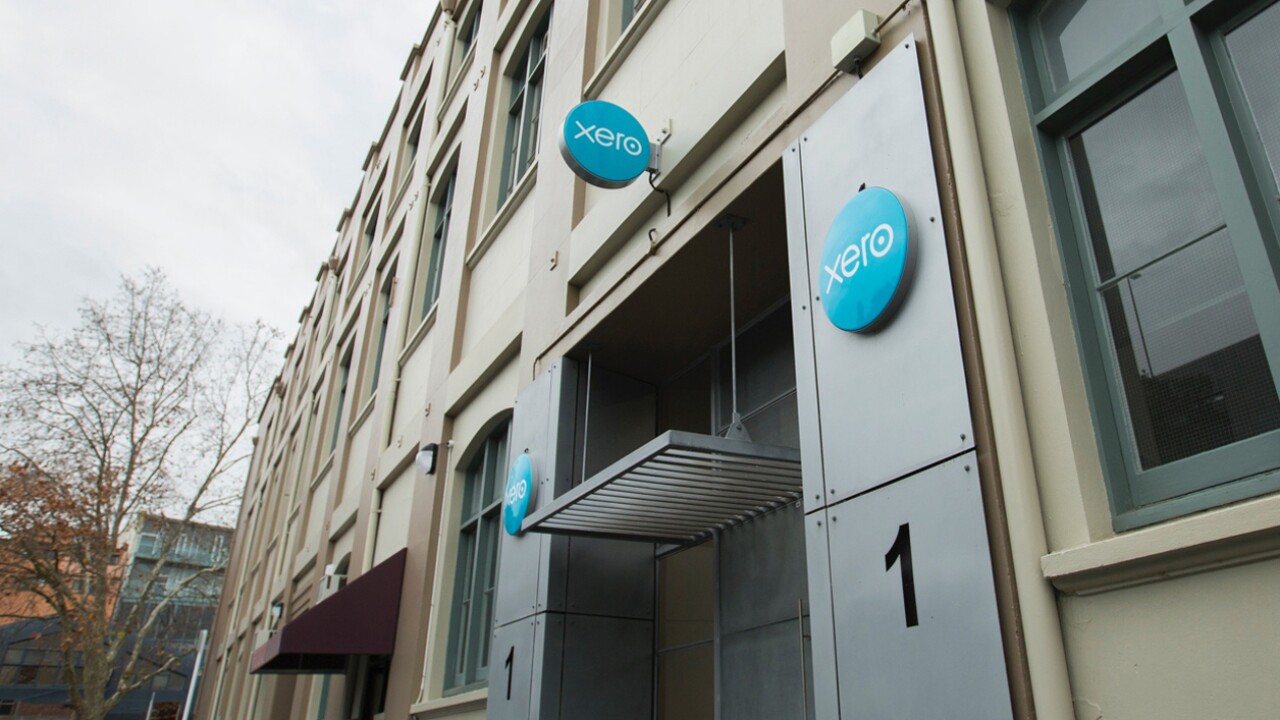The average U.S. household is paying an annual surtax of more than $3,000 to subsidize taxpayers who aren’t paying all they owe, a new report from the Taxpayer Advocate Service found.
Reduced funding for the Internal Revenue Service has led to lower staffing levels and fewer audits, which has reduced the amount the IRS has been able to collect from taxpayers voluntarily or through enforcement, the Taxpayer Advocate, an independent branch of the IRS, said in its
The IRS recently estimated the tax gap — the difference between what the federal government is owed and actually collects — averaged about $381 billion in unpaid tax from 2011-2013. That equates to roughly 14.2 percent of taxes never being submitted to the agency.

With approximately 122 million American households in 2013, that adds up to each U.S. household effectively paying an average annual “surtax” of more than $3,000 to cover others who don’t pay their full bill. The report, which included
“The IRS remains committed to continuing to do as much as it can, subject to budget constraints, to provide meaningful services to all taxpayers,” IRS spokesman Dean Patterson said in a statement.
“The agency has taken important steps in the past year to appropriately balance taxpayer services with meaningful enforcement efforts to pursue those who would intentionally evade their tax obligations,” Patterson added.
‘Fair to all’
The report comes as the IRS has faced
“To be ‘fair to all,’ the IRS should be funded to reduce noncompliance,” the Taxpayer Advocate said in the report. “But equally important, it must be staffed to answer calls from taxpayers against whom it takes collection actions, such as wage garnishments, bank levies, or the filing of notices of federal tax lien.”
Taxpayers who find themselves being audited or face adverse action from the IRS often cannot reach the agency to resolve the situation, the report found. The IRS received 15 million calls on its consolidated automated collection system telephone lines in fiscal year 2019. Employees were able to answer only about 31 percent, and taxpayers who got through waited on hold for an average of 38 minutes.
In the past decade, the number of income tax returns increased by about 9 percent, but the IRS’s funding and number of employees both declined by more than 20 percent, the report said.
Individuals face a 0.45 percent chance of being audited, while businesses are audited at a rate of 1.6 percent, some of the lowest audit figures on record, according to the IRS’s





